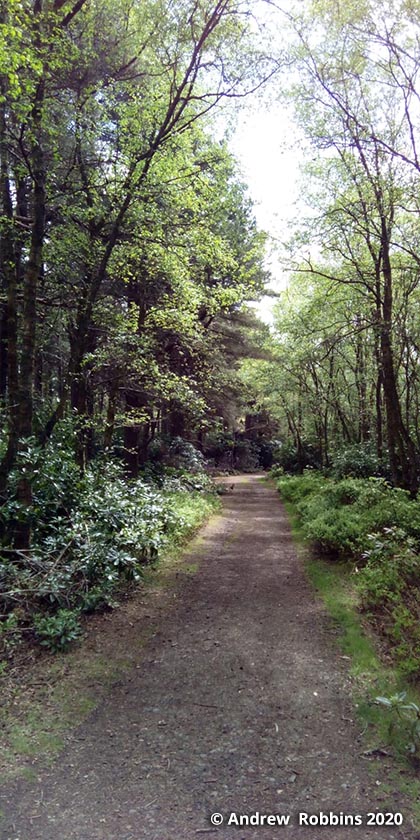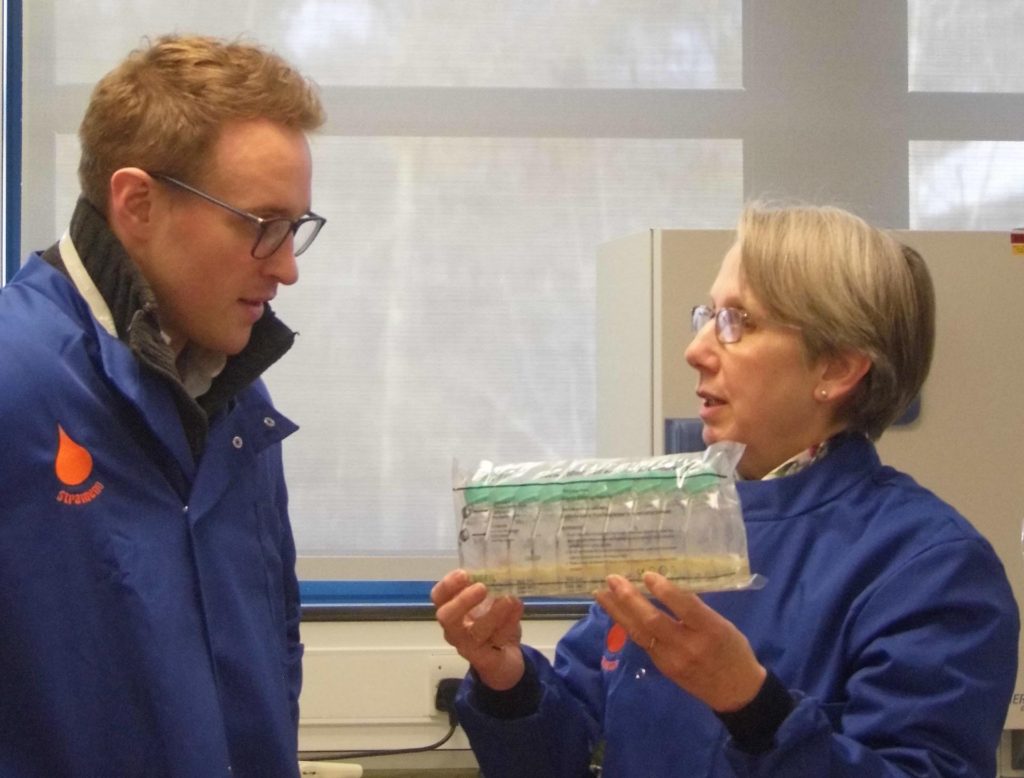Now that most of the world is in lockdown there is an eery feeling on empty city streets. The lane closest to our home just across the water meadows in leafy Wiltshire, UK barely echoes with car engines. Sadly though we have had our share of blue light ambulances presumably transporting sick folks to our local hospital.
We are encouraged to self-isolate (those of us in the silver haired generation) and so we marvel at the wonderful community spirit building up especially within our younger next generation. We who have always been the volunteers now have to stand back and let our young people take up the reins. I suspect when all this shakes out, we shall see new models of philanthropy developing in the younger generation. It won’t be money they will give, but time and talents. I look forward to seeing how it works out.
However, our observations have not been totally positive and we have all had to go through a learning curve. After a surge in demand for toilet rolls, it appears there was a national shortage of bread flour. Now after several weeks those products are back on the shelves while there is increased demand for loose tea rather than teabags. What are we doing??
Meanwhile, in the laboratory, our little thraustos still need care and attention. As our Science Director and research associate pad along the corridor to our lab working in a socially distanced manner, there is a quietness to the building which belies its importance to the Covid crisis. Like many other institutions, our landlords are offering help in whatever way they can whether in the release of equipment or offering part of their facility for a testing site. Even microalgae are playing their part. I recently read of researchers in the USA using a red algae from New Zealand which contains an antiviral protein to make Q-Griffithsin which is being used in collaboration with Nicotinia benthamiana extract to prevent the coronavirus from infecting cells. (https://www.algaeindustrymagazine.com/algal-based-nasal-spray-may-prevent-covid-19/).
Our thraustos like pollen grains in their media and, since this is a seasonal product, this is now our busy time of year for pollen collection which, fortunately, is often a solitary occupation and collectors need to enjoy walking the distance it takes to find exactly the right sort of pine tree. Here’s hoping for a bumper harvest.
Whatever road you find yourself walking along, let us find strength and hope in the people (and future researchers) coming along behind us. Stay safe.

We make a thing on this website celebrating old age. Well we need to since the combined age of our three directors is over 200 years. We are positively juvenile though compared with what is thought to be the age when eukaryotic life first appeared on earth. Michael Marshall reports in a recent edition of the International New Scientist (22 Feb 2020. Page 8) that rocks found in the Wutai mountains of China were laid down 2.15 to 1.95 billion years ago. Researchers have found two microfossils which appear to be eukaryotes (Dictyosphaera) and six specimens of a new genus they called Dongyesphaera. Precambrian research, doi.org/dmsf.
All this leads us to ponder the age when thraustochytrids first appeared on the planet. We found a good reference which I think gives a good estimate of the Stramenopiles diverging at about 1000Ma (a billion years ago), with a major radiation at 700Ma. (Eukaryotic Microbes. 2011. Ed. Moselio Schaechter. (eBook ISBN: 9780123838773)
What other micro-organisms were slithering around the landscape then? And are there more genera out there? That’s the beauty of Science. You’re never too old to be amazed by the discoveries unlocking the origin of our past.
I found an interesting contribution on YouTube called What did earth look like 2 billion years ago? by Dreksler Astral. You may be interested in it.
We welcomed a visitor to Strameno Ltd on Friday 13th March. An inauspicious date for some but not for us. Lawrence is a specialist for Animal Science and Aquaculture and AgriTech Economy with the Department for International Trade.
We were able to talk to Lawrence about the work we are doing at Strameno Ltd and to show him our laboratory facilities at Moredun Research Institute.
Lawrence made some helpful suggestions to as we discussed our future goal of finding other organisations to partner with as we begin to think about the process of scaling up production.
Here is Lawrence Brown talking with Jane Polglase, Director of Strameno Ltd in the lab.

If anyone wishes to contact us please email: admin@strameno.com